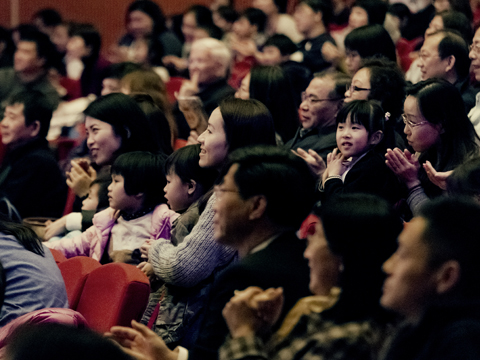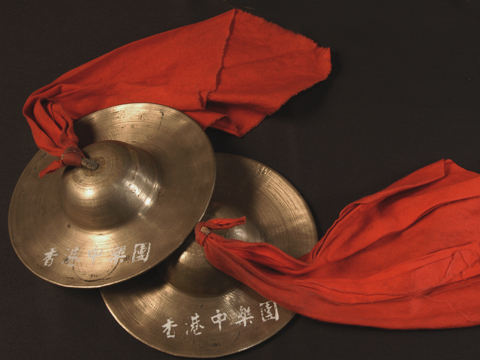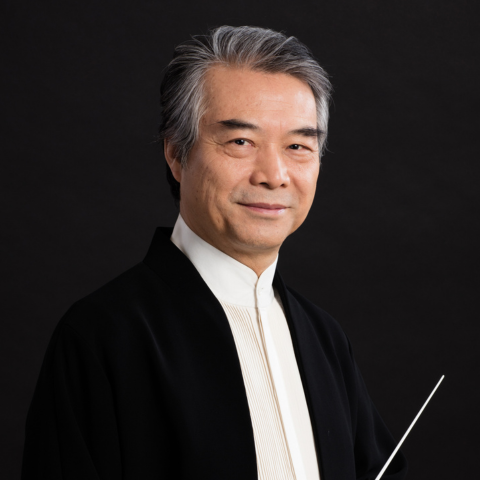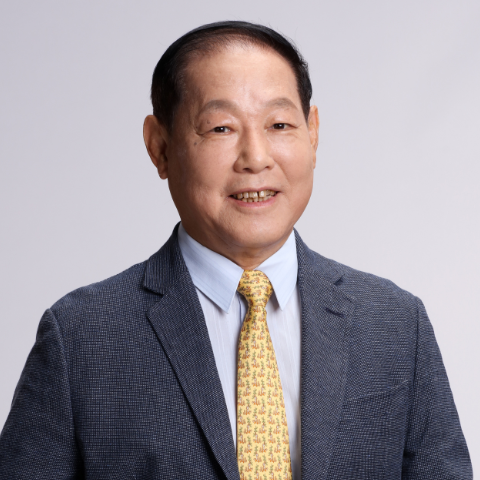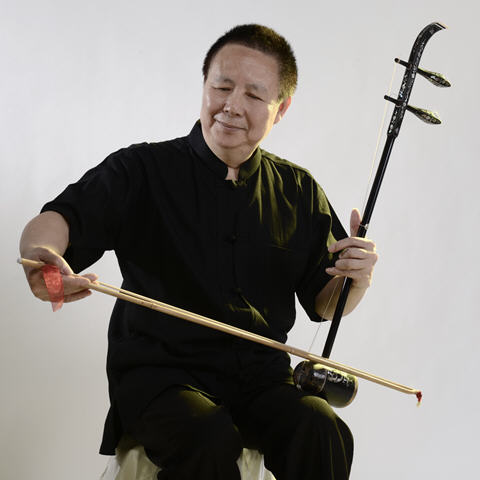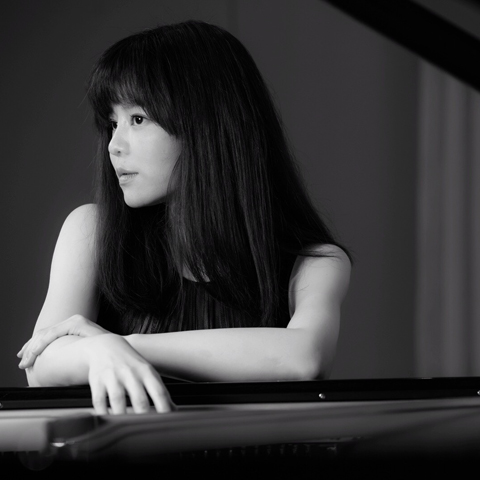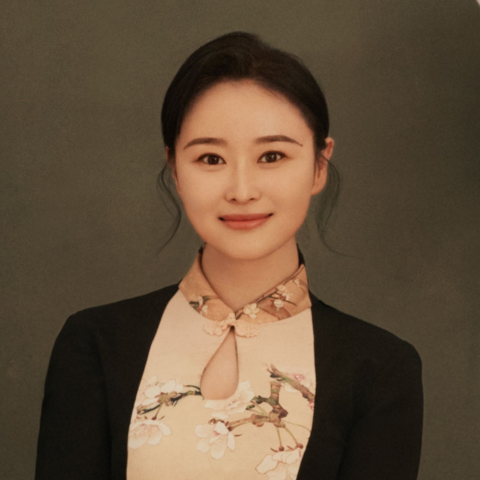
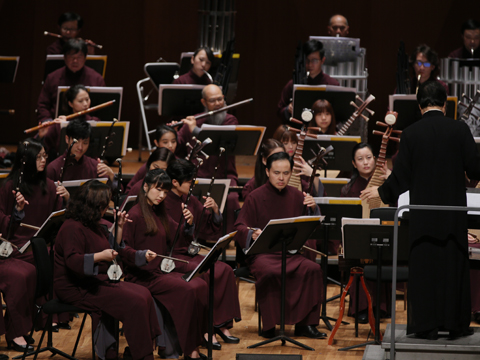
HKCO
Hong Kong Chinese Orchestra Environmental, Social and Governance Artistic Director and Principal Conductor for Life Orchestra Members Council Advisors & Artistic Advisors Council Members Management Team Vacancy Contact Us (Tel: 3185 1600)

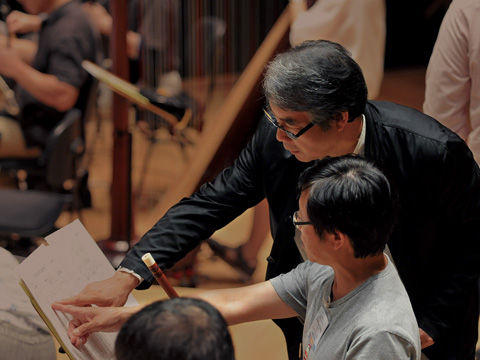
What's On

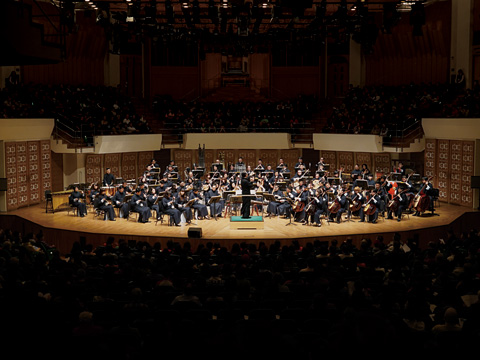
Concerts

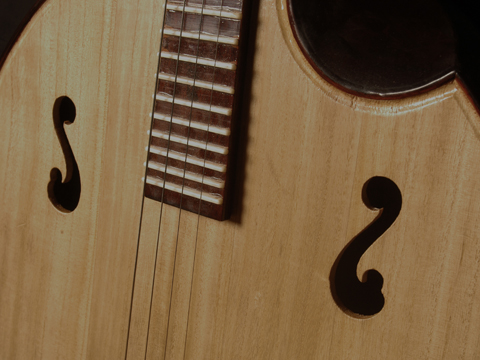
Education
The HKCO Orchestral Academy Hong Kong Youth Zheng Ensemble Hong Kong Young Chinese Orchestra Music Courses Chinese Music Conducting 賽馬會中國音樂教育及推廣計劃 Chinese Music Talent Training Scheme HKJC Chinese Music 360 The International Drum Graded Exam

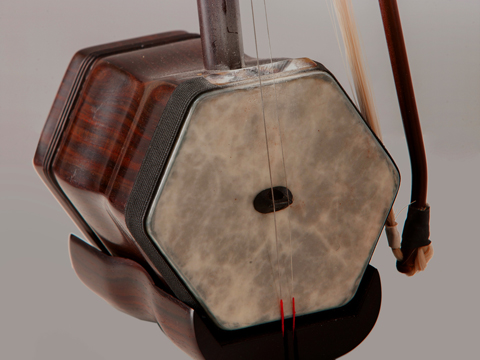
Instrument R&D
Eco-Huqins Chinese Instruments Standard Orchestra Instrument Range Chart and Page Format of the Full Score Configuration of the Orchestra
43rd Orchestral Season
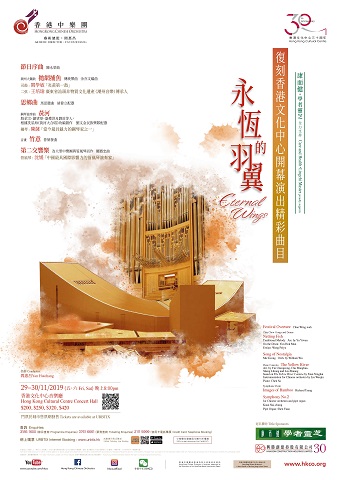
Eternal Wings - Hong Kong Cultural Centre 30th Anniversary Concert
Care and Health . Lingzhi Master proudly supports
Erxian: Wang Peiyu
Piano: Chen Sa
Pipe Organ: Shen Yuan
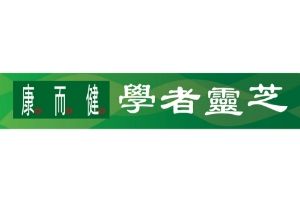

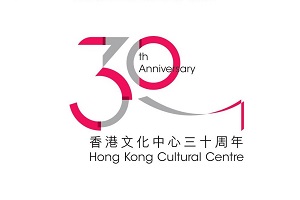
The Hong Kong Cultural Centre was officially opened in November 1989. Its inaugural performance by the HKCO was considered a historic, landmark event. For thirty years, the venue has been the Orchestra's second home, and the two have worked closely together to foster diversified developments in arts and culture. To commemorate the momentous occasion, the HKCO will take you back thirty years ago to where it all started as we revisit that memorable performance.
The young pianist Chen Sa, hailed as one of the leading figures of the "Chinese Piano Age”, will be performing the Yellow River Piano Concerto. Second Symphony, commissioned for the opening of the Cultural Centre, will be performed by celebrated concert organist, Shen Yuan. Premier drummer in Chinese percussion music, Yim Hok Man, and Bearer of the Intangible Cultural Heritage of Chiuchow (Chaozhou) Music of Shantou, Guangdong and erxian virtuoso, Wang Peiyu will perform the Chiu Chow Gongs and Drums piece, Netting Fish.
Chiu Chow Gongs and Drums Netting Fish Traditional Melody Arr. by Yu Yiwen
On the Drum: Yim Hok Man
Erxian: Wang Peiyu
Song of Nostalgia Ma Sicong Orch. by William Wu
Piano Concerto The Yellow River Arr. by Yin Chengzong, Chu Wanghua, Sheng Lihong and Liu Zhuang based on The Yellow River Cantata by Xian Xinghai Instrumentation for Chinese orchestra by Liu Wenjin
Piano: Chen Sa
Symphonic Poem Images of Bamboo Richard Tsang
Symphony No. 2 for Chinese orchestra and pipe organ Kuan Nai-chung
The first movement: Maestoso - Allegro
The second movement: Adagio
The third movement: Scherzo
The fourth movement: Allegro con brio
Pipe Organ: Shen Yuan
30/11/2019 (Sat) 6:45pm
4/F Foyer, Auditoria Building, Hong Kong Cultural Centre
Lecturer: Yim Hok Man
Free of charge. First come, first serve.
Inquiries and Registration: 3185 1600
Online Registration: https://forms.gle/wZNDLqMDZzPFg1mS6
On Wings of Time - From Moments to Eternity
This concert to commemorate the 30th anniversary of the opening of the Hong Kong Cultural Centre is one full of dates and a sense of history. The Hong Kong Chinese Orchestra re-enacts the programme of its historic concert for the official opening of the Hong Kong Cultural Centre in November 1989 thirty years ago.
Three works born in the same year
Of the six pieces in this commemorative concert, three were born more or less in the same year as the Hong Kong Cultural Centre. The opening piece Festival Overture by Chan Wing-wah was commissioned by the then Hong Kong Urban Council for the Hong Kong Chinese Orchestra, and it was completed in 1989 when the Hong Kong Cultural Centre was completed. The finale, Symphony No. 2 by Kuan Nai-chung, was a full-scale piece commissioned by the Hong Kong Chinese Orchestra for the inauguration of the Hong Kong Cultural Centre which also incorporated features of the pipe organ in its Concert Hall. These two pieces were premiered at the concert that was part of the series of programmes of ‘International Celebration of the Arts’ to open the Hong Kong Cultural Centre in November 1989. The symphonic poem Images of Bamboo by Richard Tsang, composed in 1988, was premiered in the concert ‘In Praise of Ancient and Contemporary Music’ at the Hong Kong City Hall the following January with Kuan Nai-chung conducting.
The Yellow River Cantata, precursor of another highlight of this concert The Yellow River Piano Concerto, celebrates its 80th anniversary this year (it was premiered in the Great Hall of the Shanbei Public School in Yan’an on 13th April 1939). The Yellow River Piano Concerto itself was premiered on New Year Day of 1970 in Beijing with Li Delun conducting the Central Opera Company Orchestra (predecessor of the present-day Central Philharmonic) and Yin Chengzong as the soloist. The version performed in the present concert is not the Chinese version arranged by Liu Wenjin in April 1990, but the Jan 31, 2012 “new version” based on the current configuration of the Central Philharmonic. For the Chinese orchestral version, it is something that happened after the opening of the Hong Kong Cultural Centre, but for the original choral piece, it has already eighty years of history behind it.
Different content but all high energy
Music is by nature a temporal art. A live performance, like time, cannot be re-enacted. The passage of time, when revisited through music, is like the countless gleaming musical notes on the wings of Time that is taking flight. This golden gleam often brings back beautiful and positive memories to our lives.
In fact, all six pieces in this concert are charged with positive energy, though their presentation styles are different, and so are their subject matter and content. Even for Ma Sicong’s Song of Nostalgia composed more than 80 years ago in 1937 during the War of Resistance against the Japanese that swept through China, this popular piece for the violin is still full of hope despite the nostalgic and sad tone of the music which was an expression of love for one’s country. Regarding the opening piece Festival Overture, composer Chan Wing-wah stated clearly that he “wished for Hong Kong society and its cultural activities to keep on moving forward, and to unleash its tremendous life force and positive energy to bring new hope for the future”. The following piece, Netting Fish for Chiu Chow gongs and drums, overflows with dynamism by virtue of its woodwinds and percussion instruments. The piece brims with great life force in its depiction of the joy of the fishing folks and the beautiful dawning of the day. The date of birth of this traditional Chiu Chow gongs and drums piece is too old to trace.
In Richard Tsang’s symphonic poem Images of Bamboo, the symbolism of the upright and noble bamboo invokes an untarnished, other-worldly and heroic mindset which stays forever true to oneself. The Yellow River Piano Concerto, on the other hand, depicts the magnificent and heroic spirit of the Chinese people. The finale, Kuan Nai-chung’s Symphony No.2, embodies the aspiration to peace and harmony among mankind through a fusion of Chinese and Western cultural spirits. All three works embark from a personal level, progressing to embrace one’s national identity, and finally rising to the quest of peace for the world – they epitomize positive energy that is brought to the fore.
All six works share a common trait. Every time they are performed, leaving their footprints in the trajectory of time, the energy in the music can easily move audiences. Through rapport between conductor, performers and audience, these musical moments can very well forge an eternal musical experience. The energy, experience and feelings will be sustained through the common life force, which probably is where this concert of dates’ attraction lies.
Your Support
Friends of HKCO
Copyright © 2025 HKCO
